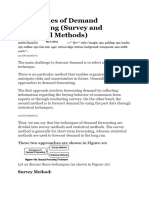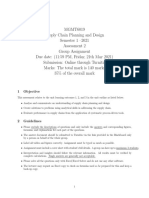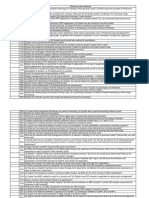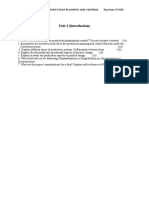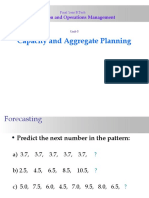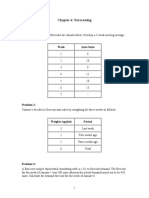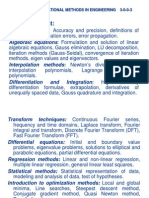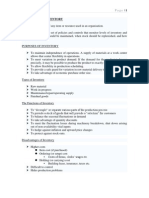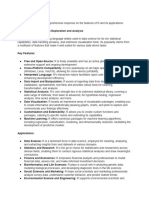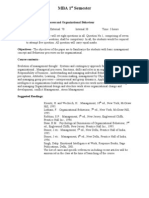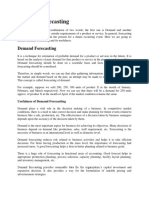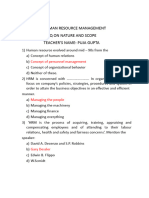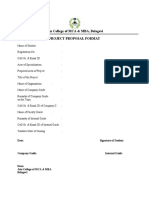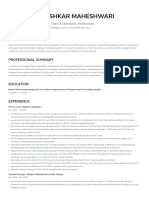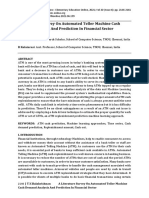0% found this document useful (0 votes)
97 views27 pagesModule 2 - Demand Forecasting
The document discusses demand forecasting, its significance, and various methods used for predicting future demand for products and services. It highlights the importance of demand forecasting in making informed business decisions, preparing budgets, and stabilizing production and employment. The methods are categorized into qualitative and quantitative techniques, including survey methods, time series analysis, and econometric methods, each serving different forecasting needs.
Uploaded by
Dr. Indrajit DoddanavarCopyright
© © All Rights Reserved
We take content rights seriously. If you suspect this is your content, claim it here.
Available Formats
Download as PDF, TXT or read online on Scribd
0% found this document useful (0 votes)
97 views27 pagesModule 2 - Demand Forecasting
The document discusses demand forecasting, its significance, and various methods used for predicting future demand for products and services. It highlights the importance of demand forecasting in making informed business decisions, preparing budgets, and stabilizing production and employment. The methods are categorized into qualitative and quantitative techniques, including survey methods, time series analysis, and econometric methods, each serving different forecasting needs.
Uploaded by
Dr. Indrajit DoddanavarCopyright
© © All Rights Reserved
We take content rights seriously. If you suspect this is your content, claim it here.
Available Formats
Download as PDF, TXT or read online on Scribd
/ 27



